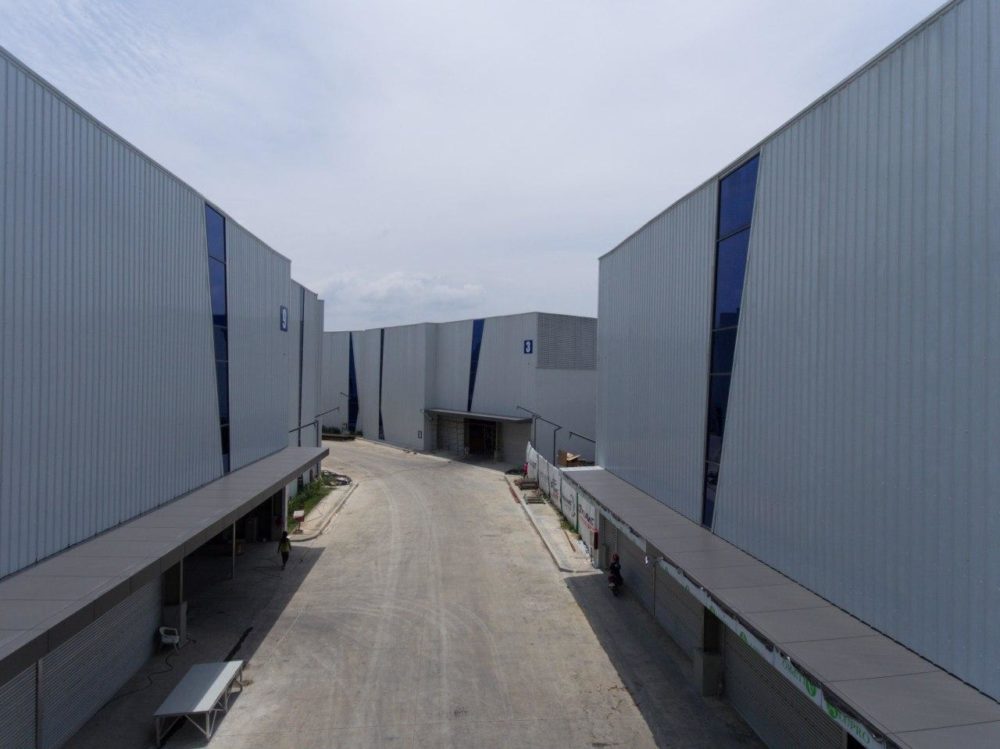What is cladding exactly?
Cladding is the process to use a material to attach or cover on a structure usually in buildings and houses. This technique is more than giving a unique appearance in the residential housing or building. With the different materials for cladding, you’ll need to investigate first your environment and consider its main function before making a decision.
There are different reasons and benefits for installing cladding. In this guide, we listed the things you need to know about this cladding, so you can identify why you need to consider it, what materials are needed, the effect on its performance, and the amount of maintenance it require.
Reasons to use cladding
Cladding continues to popularize in modern day houses. Perhaps it not just makes visual aesthetics to the building or the house but because of the other improved benefits it brings to the owners.
1. Protection
As mentioned earlier, cladding can protect your house to different external conditions. Whatever the material used for cladding (which we will discuss later on) can create a level of protection against elements such as the weather. The main purpose of which is to prevent the wind or the moisture to penetrate beneath the structure that may cause harmful effect to the house. By preventing these elements from coming in, you can ensure the strength of your house and that can lessen expensive repairs.
2. Prevents the transmission of sound
Cladding is useful especially for those who lived in the cities. External sounds can be irritating and distracting and blocking out those out of your home can be indispensable. Cladding can help you with sound insulation and create a more stable and peaceful internal environment.
3. Minimizes energy use
To minimize energy, cladding helps to create a sealed environment. It improves insulation to be more energy efficient particularly when you want to contain a fair amount of temperature. It also provides openings for the access to daylight and ventilation. The inbuilt ventilation permits removing the built-up of moisture that naturally produced within the house. The loss of light will not also be a problem as the cladding allows a good amount of daylight to enter the inside of the house.
In this case, which kind of cladding is right for you?
The main concern of those who wants to clad their house is the material that will be used. Thus, you may want to consult your roofing manufacturer to help you with your options. Look for its benefits and also consider the material that is suitable with your surroundings.
1. UPVC Cladding
UPVC or Unplasticized Poly Vinyl Compound is weather proof and corrosive resistant. For that, many property and homeowners want to use it because of its free maintenance. You just need to wash it to keep your house in the good condition. It can be as well fire resistant if properly installed because it helps prevent the fire from spreading to other parts of the house.
2. Stone Cladding
Stone cladding is considered to be the most natural and unique looking among the other cladding. It is a durable material that can last for years, and that can protect the internal wall from absorbing water or moisture.
3. Brick Cladding
The brick cladding requires low maintenance because this kind of material just needs simple washing to keep it in right condition. It also emphasizes the strength and safety of the building, so you don’t need to worry about the cracks caused by different temperature.

4. Metal Cladding
The most common metal used for cladding is the steel and aluminum. Both metals are harder to damage–many property owners use aluminum since it has the properties that are resistant to fire, while others use steel wall cladding panels because of its sturdiness. These materials are also excellent to use because it provides good insulation to the house or building. Many designers embrace steel for its durability and flexibility. Manufacturers like Union Galvasteel Corp. (UGC) continues to provide quality prepainted galvanized steel claddings, which has protective polyester paint and zinc coating to prevent corrosion and rusting caused by changing of the climate making it environmentally friendly and cost-efficient. Other primary advantages of using prepainted galvanized steel cladding panels are:
• Easy to inspect.
• Protection to small areas of steel that are easily exposed to damage.
• Longer life if with proper maintenance.
You can check out high quality prepainted galvanized steel claddings at Union Galvasteel Corporation (https://www.ugc.ph/productcategory/products/).
5. Wooden Cladding
It is considered to be one of the highly rated cladding because of its strength. Although wood cladding is stronger than the other cladding like the aluminum, the installment of which is expensive as well as its maintenance.
6. Glass cladding
The glass cladding is mostly used for business offices and residential buildings simply because the glass is light and strong enough for cladding. It also costs low and easy to attach.
Where there are different styles of the cladding, it is always a must to choose the one that will give you satisfaction. Improving the looks of the house is definitely a giveaway but should always reconsider its effectivity particularly from the various elements. Maintaining a good physical state of your chosen material should also be on your priority list to lessen the cost of repair and to give lasting protection to your house. It is also a wise decision to consult professional cladding contactors to give you high quality, budget-friendly, and knows what material to consider to your environment.
To learn more about cladding, and to help you with durable and affordable cladding materials, get in touch with Union Galvasteel Corp. at https://www.ugc.ph/, or you may call to these numbers for assistance: For trunkline, (02) 8520-8823; 8520-8831; (049) 545-0084 to 86. For mobile numbers: Globe – 09175033965 and Smart – 09190032303.




